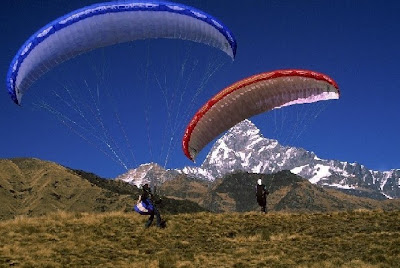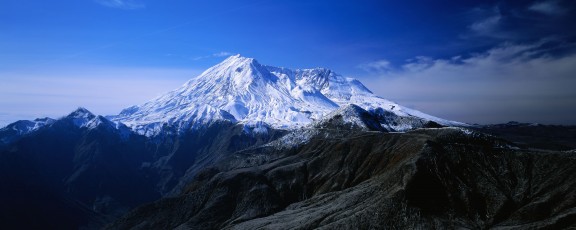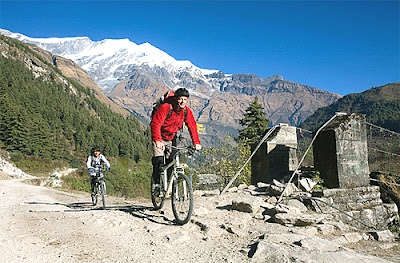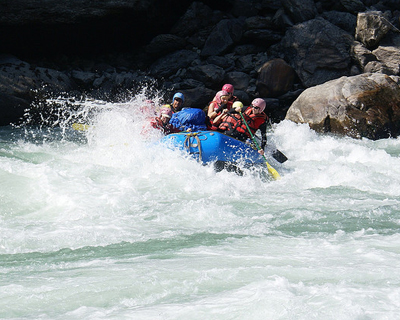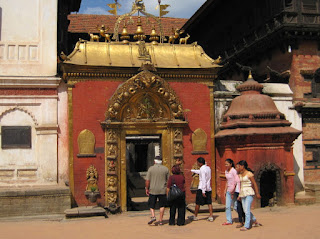Welcome to Nepal
Namaste and Welcome to Nepal, for many visitors, this Himalayan country brings images of snow-capped mountains and green hills. In fact, ten highest mountains in the world, eight are in Nepal, Nepal mountaineering make a dream.
Tourism in Nepal
Namaste and Welcome to Nepal, for many visitors, this Himalayan country brings images of snow-capped mountains and green hills. In fact, ten highest mountains in the world, eight are in Nepal, Nepal mountaineering make a dream.
Nepal, a small country with an approximate area of 147,181 square kilometers is geographically and ethnically diverse, with over 61 ethnic groups and 70 languages spoken. That in addition to a diverse cultural richness and lively traditions, beautiful temples and monuments as well as rivers and tropical jungles teeming with wildlife, making your trip an unforgettable experience. It is a multicultural, multi-ethnic and language. However, all people of different races and religions live in harmony and there is an ideal blend of Hinduism and Buddhism.
However, Nepal has much more to offer than just the high breathtaking Himalayas. Matching steps with the wider world, Nepal has taken a great step in achieving world-class benchmarks in all facets of social life, whether political, economic, education, information technology or social welfare.
Nepal is a secular republic, federal democratic leave the legacy of years of being the only Hindu kingdom in the world. The Constituent Assembly election held on April 10, 2008 marked the beginning of a new era for Nepal in the world of the 21st century. The new democratically elected government is well positioned to bring new and prosperous Nepal eliminate all forms of injustice and social inequality.
After the political revolution, the country is now focused on brine economic revolution that will bring the country and here the people of the centuries old deprivation and poverty. Office has supported the mission established by the Federation of Nepal Chamber of Commerce and Industry (FNCCI) to increase the individual's monthly income up to Rs. 12,000 per month. The Government has also declared to create a business environment conducive to doing good business in Nepal and to encourage foreign direct investment in infrastructure sectors such immense potential, hydropower, forestry (Herb Processing), petroleum and mineral resources. Nepal, the country with the water resource is the second in the world, contains the investment opportunities in hydropower with a capacity to produce over 80,000 MW units. As Nepal is now a member of the World Trade Organization, the reconstruction needs of the industrial sector in order to carry out products that can compete in the international market, while making it cheaper.
Nature has produced rich tourist resources in Nepal. The natural landscape, high mountains, incomparable cultural heritage, art, culture and many specialties have made Nepal a destination known in the world tourism map with a different image of him. Almost all the world climate and ecosystem is available in Nepal, on the other cultural, geographic, ethnic and bio-diversity of international visitors attractive country Nepal time and again, we really base the spirit of Nepal tourism brand, a native of Nepal, once is not enough! "Welcome Nepal - Year 2011 • Tourism is a three-year program. The main objective of this program is to promote Nepal's tourism sector internationally, in addition to this program helps to promote Nepalese culture, art, biodiversity and stakeholder through marketing business.
